Gala Berger
Sisters of Time
09.11.2024 - 10.12.2024
From one body to another—Amazon River (South America), Crawford Lake (Ontario), Lake Ontario, Pacific Ocean, Tanti Stream (Argentina), Ucayali River (Peru), Paraná River (South America), Zambezi River (Africa)—water flows. Alongside its banks, on a boat or in its embrace, artist Gala Berger considers the experiences of aqueous bodies that move across, over and in between vast territories. Collecting water from many varied sources, she stores the samples in vessels in her studio, where water from the Amazon River is visibly different from that of Lake Ontario or the Zambezi River. Despite molecular similarity, each liquid holds fragments of their past histories.
Some of this water sat for months, in tubs combined with synthetic dyes and long ribbons of thick cotton. The artist occasionally “cooked” the fabric, heating the water and introducing smoke, some of which is discernible in the immense 35-foot-long textile The Golden Flesh Spike (2024). Referencing terminology that describes significant events in core samples, “golden spikes” were used to declare Crawford Lake as the “start of a new proposed geological epoch—the Anthropocene.”* This claim strove to acknowledge human impacts on climate and ecosystems through the declaration of a new era—a designation recently rejected by the International Union of Geological Sciences.
Echoing core samples and geological strata, The Golden Flesh Spike (2024) presents ten different layers of colour. Each piece of fabric treats water as material, reflecting different processes of dying that involve heat, exposure and time. Inhabiting this anthropocenic waterscape five frog images, generated using open source 3D imaging software and printed on lycra, sit atop the textile. Asking who, or what, will live and adapt to these changing environmental conditions, the artist’s amphibians have transparent skin and visible organs.
Berger has previously used 3D imaging for projects interrogating stolen artefacts and contested archives. Some elements of these prior investigations are present across the artist’s series of organza trees, Was It Your Fire? (2024). Fragments of human bodies, fungi and other vegetation are printed with digital sublimation. Similar to her method of collecting water, the artist amassed fabric from across Lima, Lusaka, México City, Montreal and Toronto—the quality of transparency and texture varying in the materials from each location. Fascinated by fire danger signs, here the artist portrays a forest burned, imagining different forms of life emerging from the charred surfaces.
A final series of figures, Canadá es una serpiente larga [Canada is a large serpent] (2024), calls attention to Canada’s corporate investment in global practices of resource extraction.** Based in Lima, Berger has spent the past two years as a visitor in Toronto, observing changes in the perception of Crawford Lake, smoky skies from wildfires and unprecedented rainfall. Sisters of Time reflects her ongoing understanding of what it means to be here, shaped by her concerns regarding environmental and cultural extractivism and her practice of constantly moving from one place to another.
Gala Berger (b. 1983, Buenos Aires, ARG) is an artist and curator based in Lima, currently living in Toronto. She holds a Bachelor of Fine Arts from the Universidad Nacional de Arte (ARG). Recent exhibitions include Galería Nora Fisch (Buenos Aires), Galería Crisis (Lima), MAL Center for digital cultures and Technology (Brussels), P122 gallery (New York), MAMBA Museo de Arte Moderno (Buenos Aires), Viborg Kunsthal (Viborg), Seoul Museum of Art SeMA (Seoul), Museum of Latin American Art (Buenos Aires), amongst numerous other international presentations. She has undertaken residencies such as the ICI Curatorial Intensive (Kampala), the Siqueiros Public Art Room (Cuernavaca) and the Sap Anyang Public Art Project (Anyang). Select curatorial projects include Museo de la porcelana (Santo Domingo), Museo de Arte Contemporáneo de Lima (Lima), and Il Posto (Santiago). Her works can be found in the permanent collections of institutions such as MACBA (Buenos Aires) amongst many private collections.
*https://www.cbc.ca/news/science/crawford-lake-anthropocene-1.6902999
**For example, it is estimated that Canadian companies represent thirty percent of those mining in Latin America, whose practices have resulted in violent and damaging impacts to humans and the environment with little international accountability.
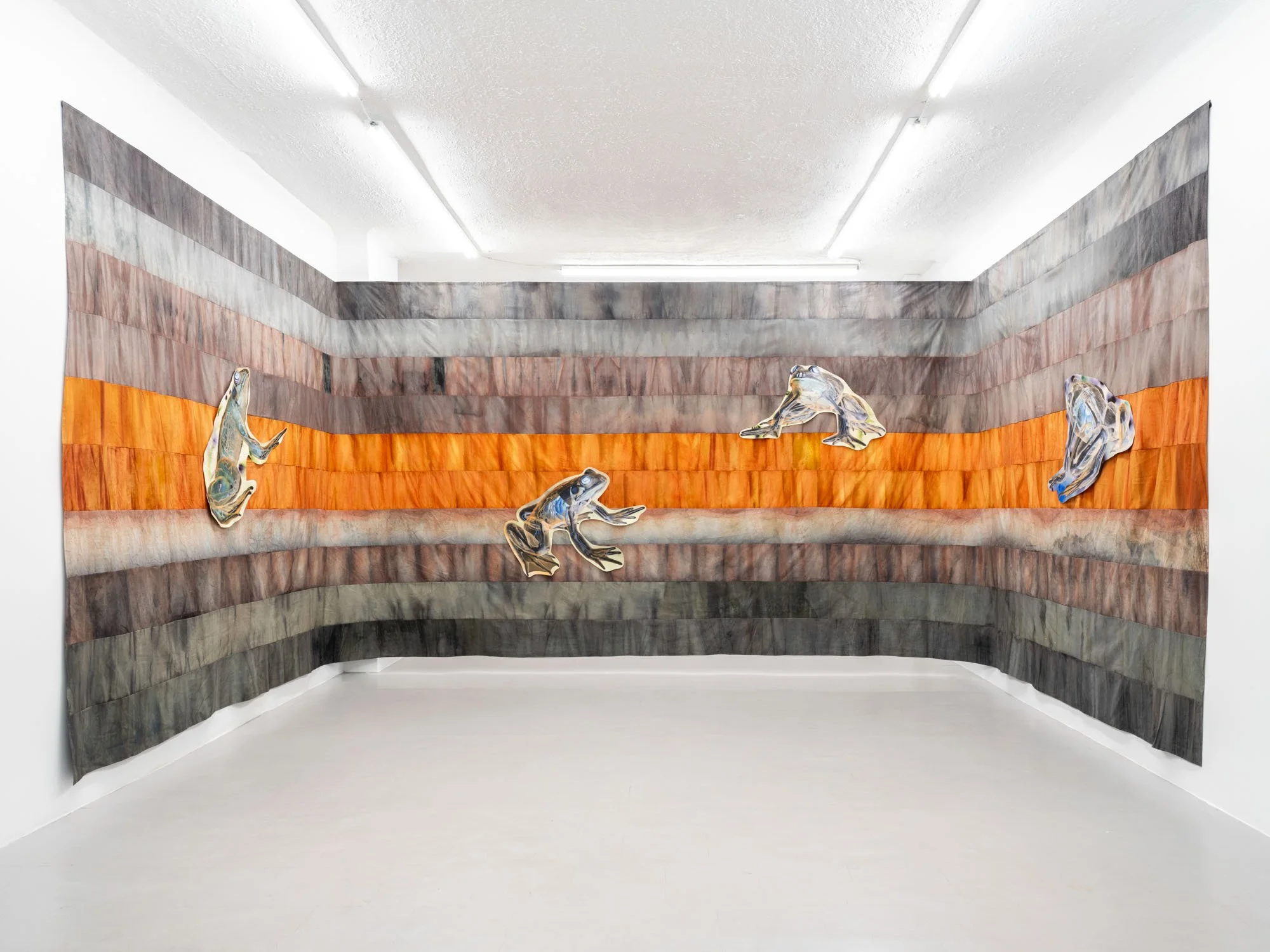
Gala Berger, "The Golden Flesh Spike" (2024), Fabric dyed with water from the Amazon River (South America), Crawford Lake (Ontario), Lake Ontario, Pacific Ocean, Tanti Stream (Argentina), Ucayali River (Peru), Paraná River (South America), Zambezi River (Africa). 9' x 35'.
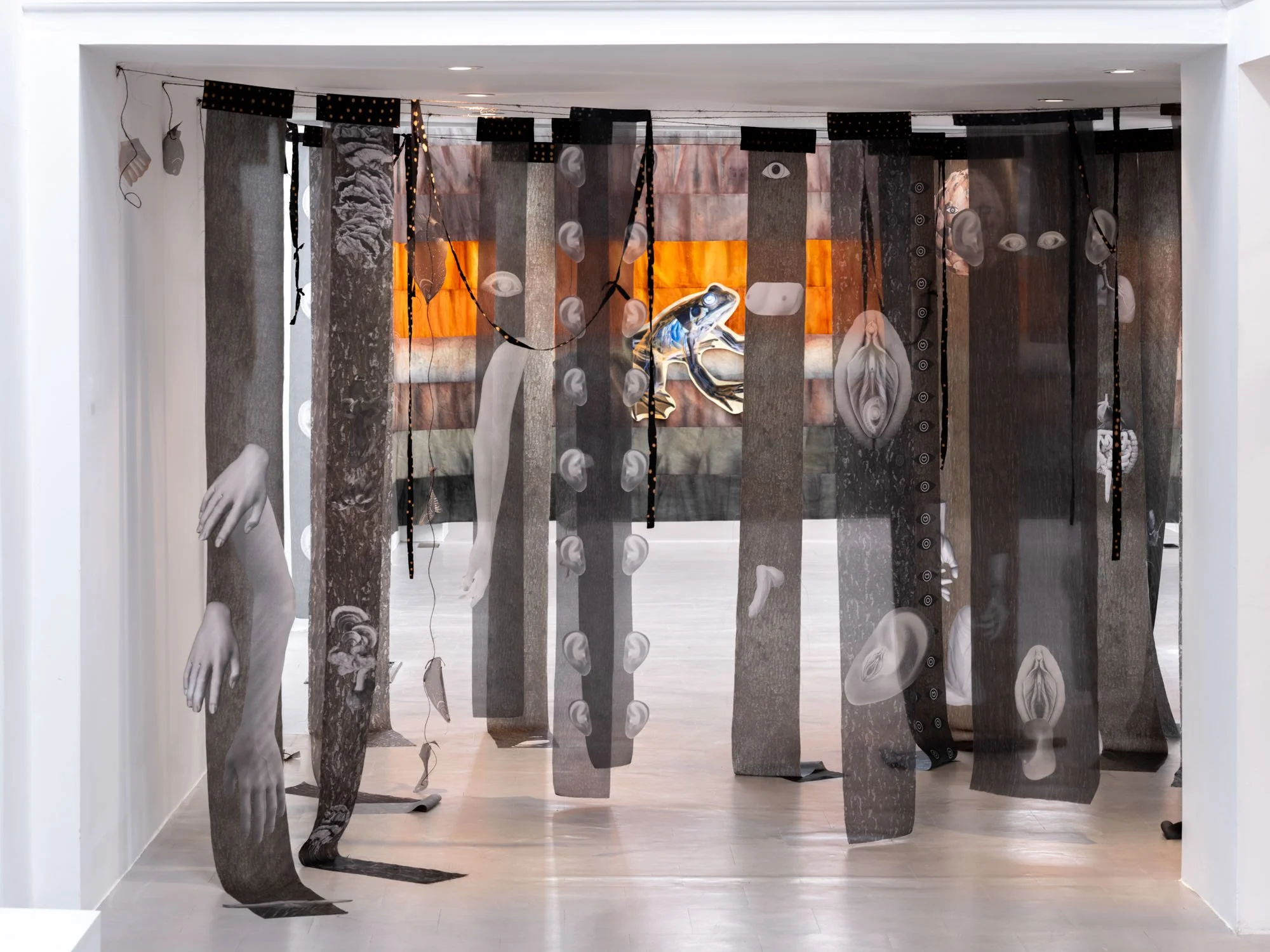
Gala Berger "Was It Your Fire?" (2024), Organza fabrics from Ciudad de México, Lusaka, Toronto, Montreal and Lima. Printed on digital sublimation. Dimensions variable.
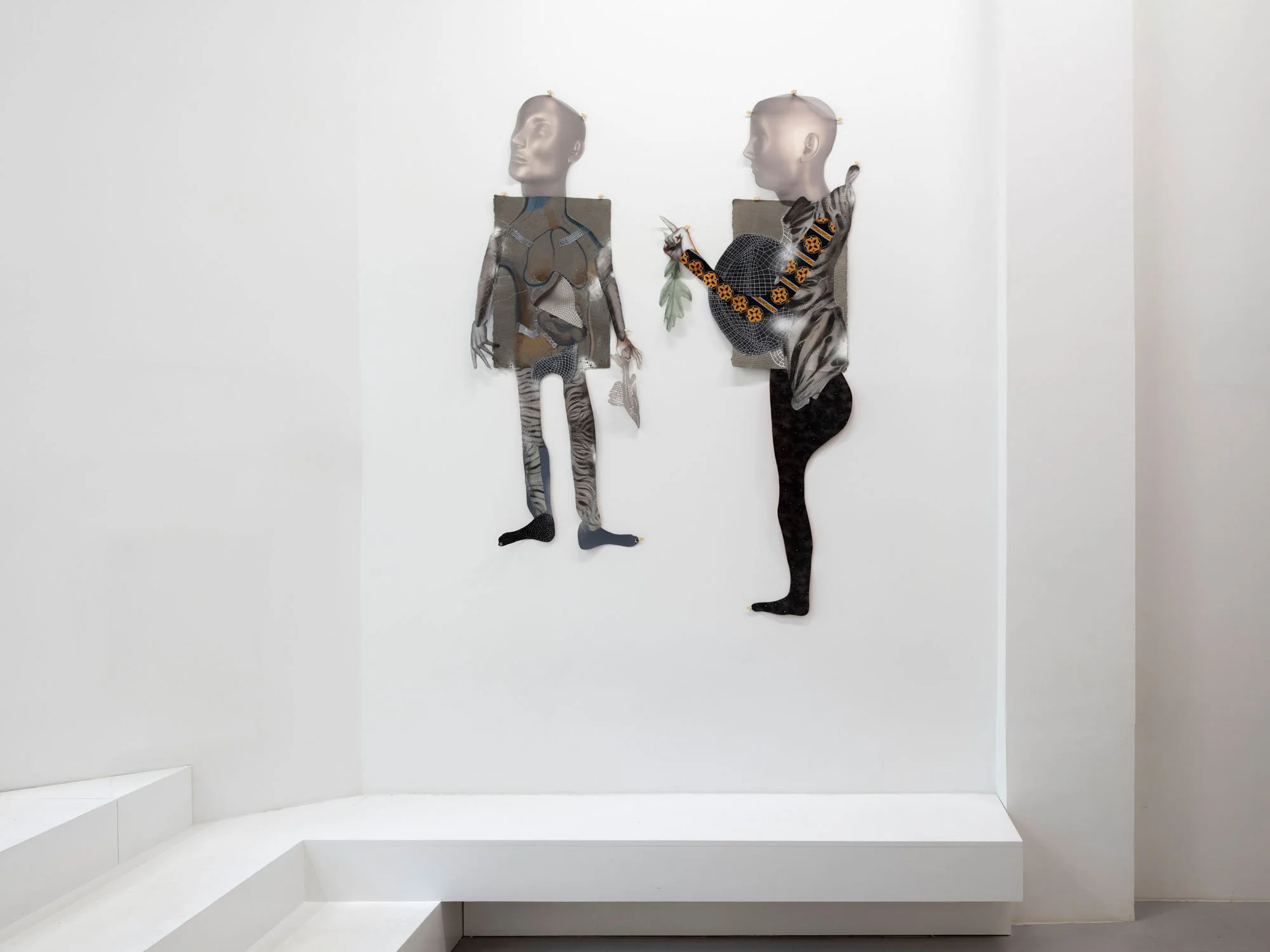
(From left) Gala Berger, "Series Canadá es una serpiente larga / Toxic Intimacies" (2024). Carbon paper and sublimation fabric on cotton. 63'' x 21''. Gala Berger, "Series Canadá es una serpiente larga / Us" (2024), Carbon paper and sublimation fabric on cotton. 73'' x 26''.
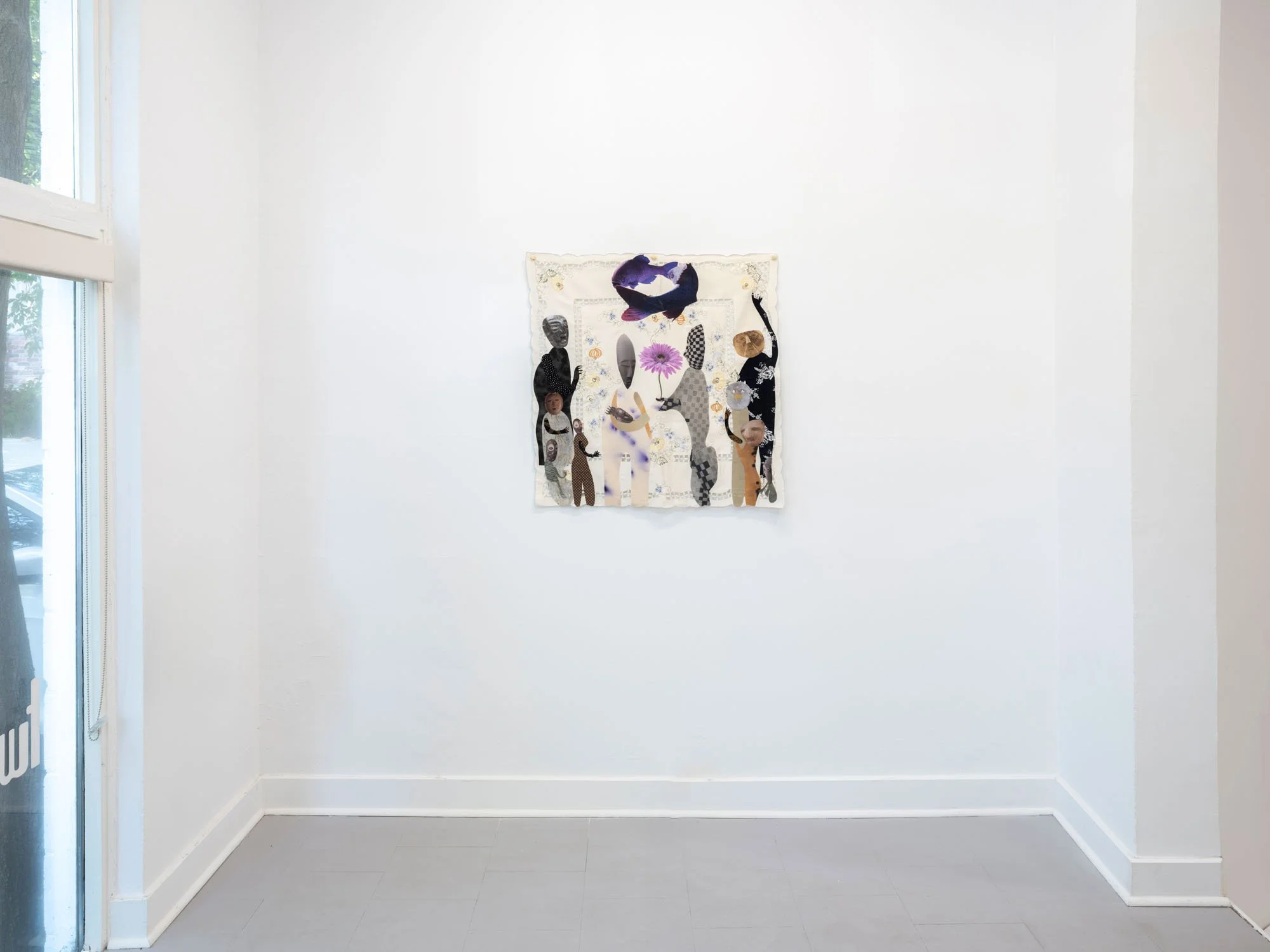
Gala Berger, "I Can Smell The Fire" (2024), embroidered tablecloth, sublimation on fabric, hand dyed cotton and pencil. 34'' x 34''.
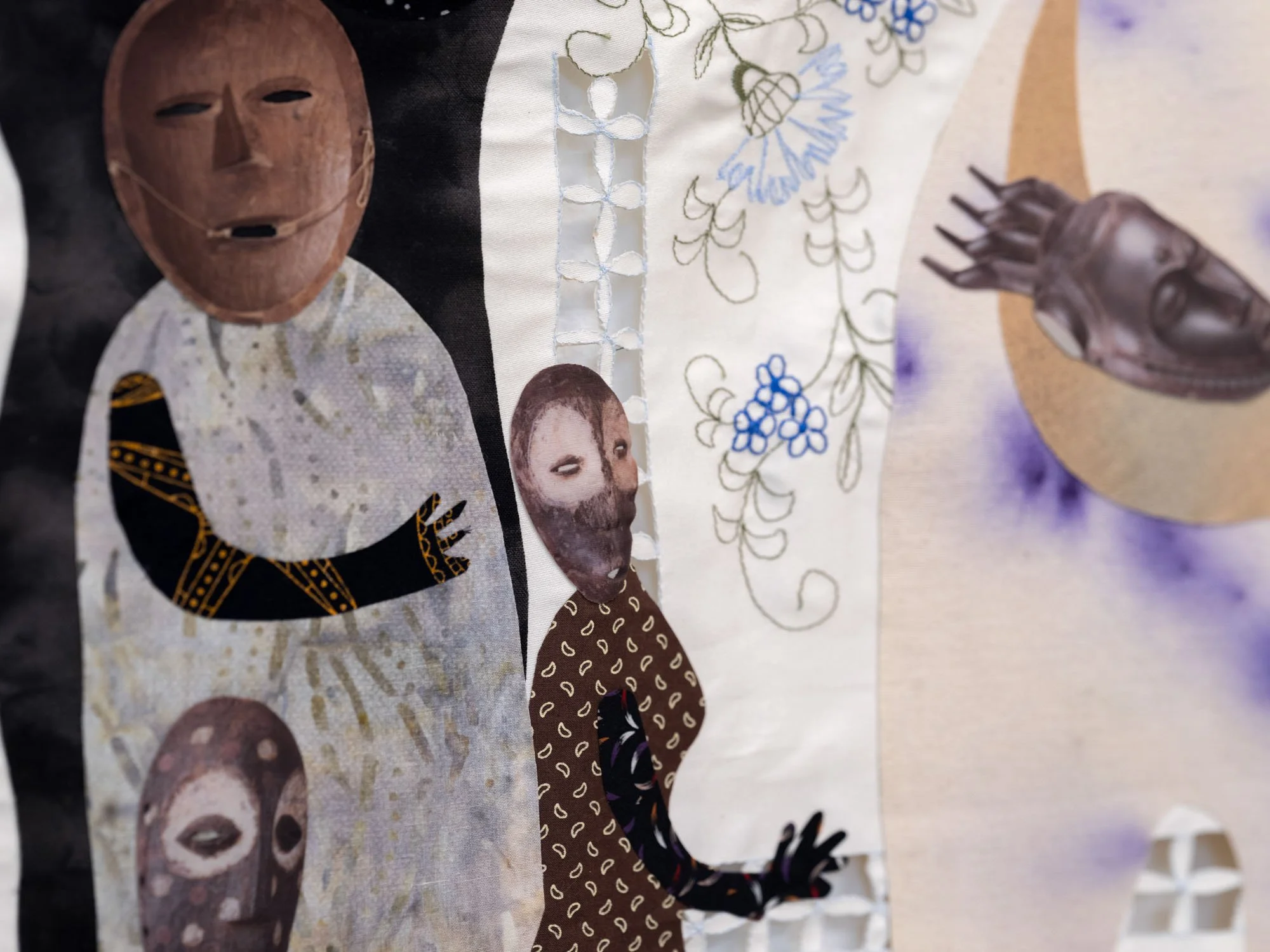
Detail, Gala Berger, "I Can Smell The Fire" (2024), embroidered tablecloth, sublimation on fabric, hand dyed cotton and pencil. 34'' x 34''.
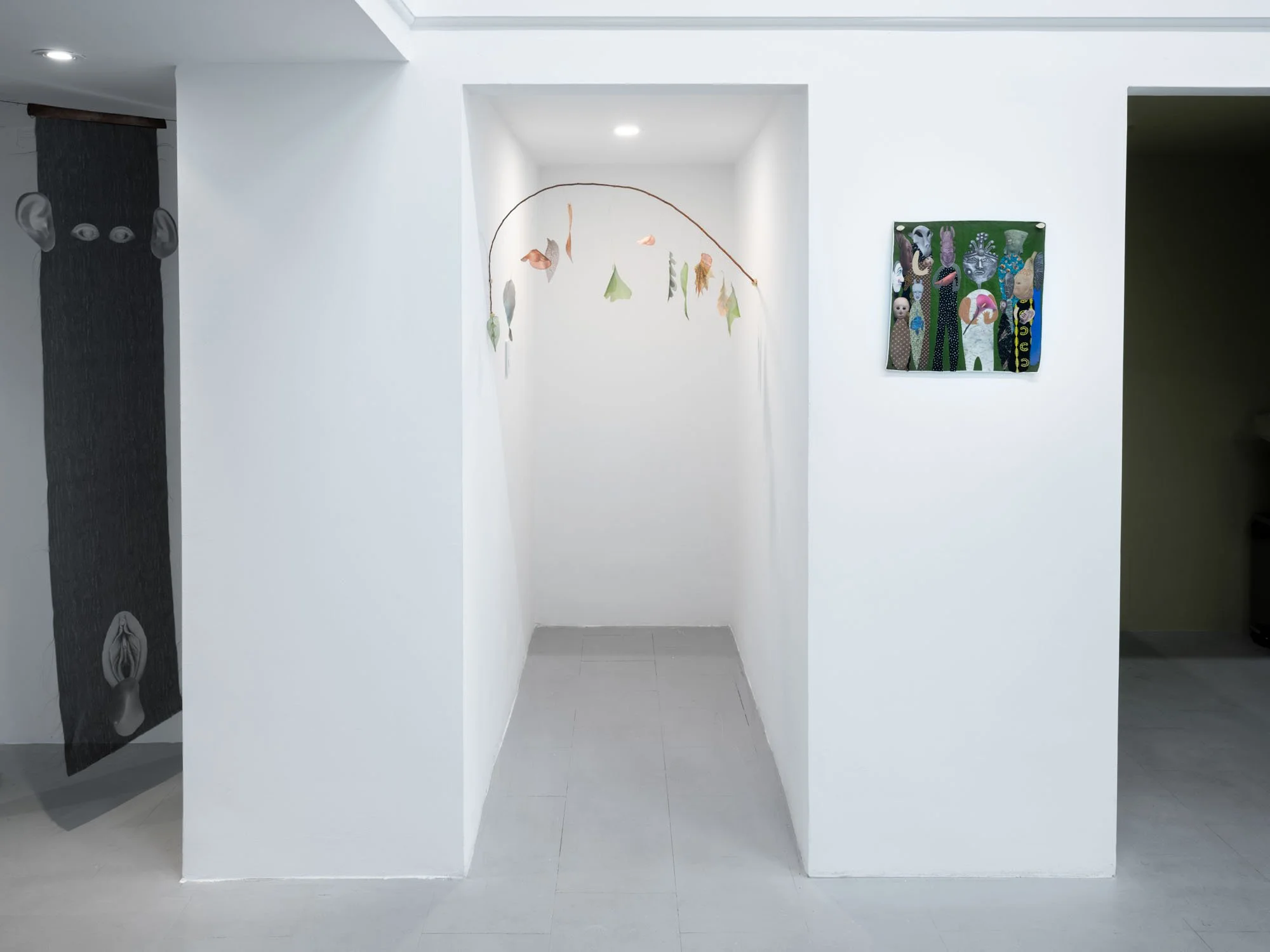
Installation view, "Gala Berger."
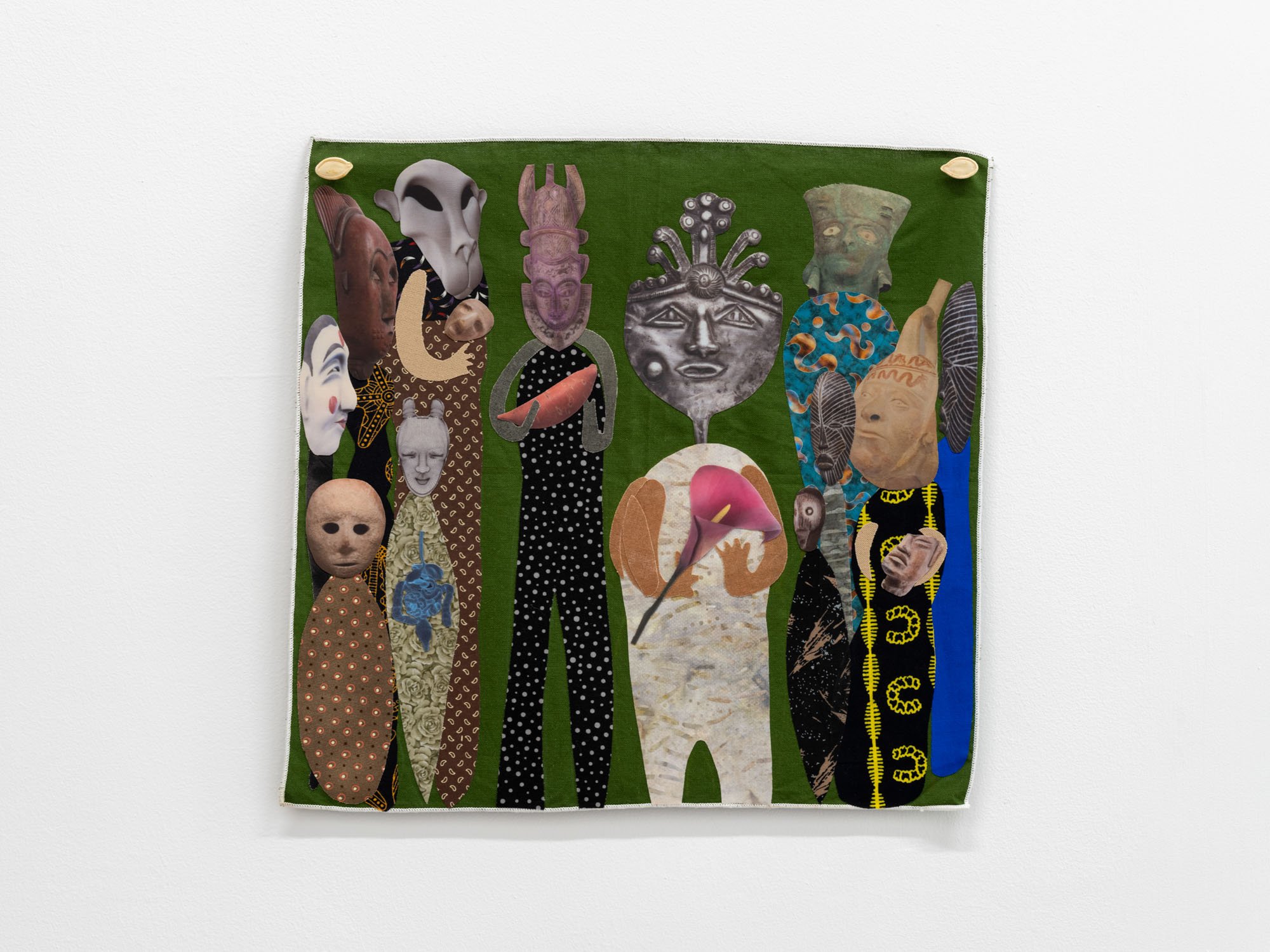
Gala Berger, "Together" (2024), sublimation on fabric and cotton on fabric. 15'' x 15''.
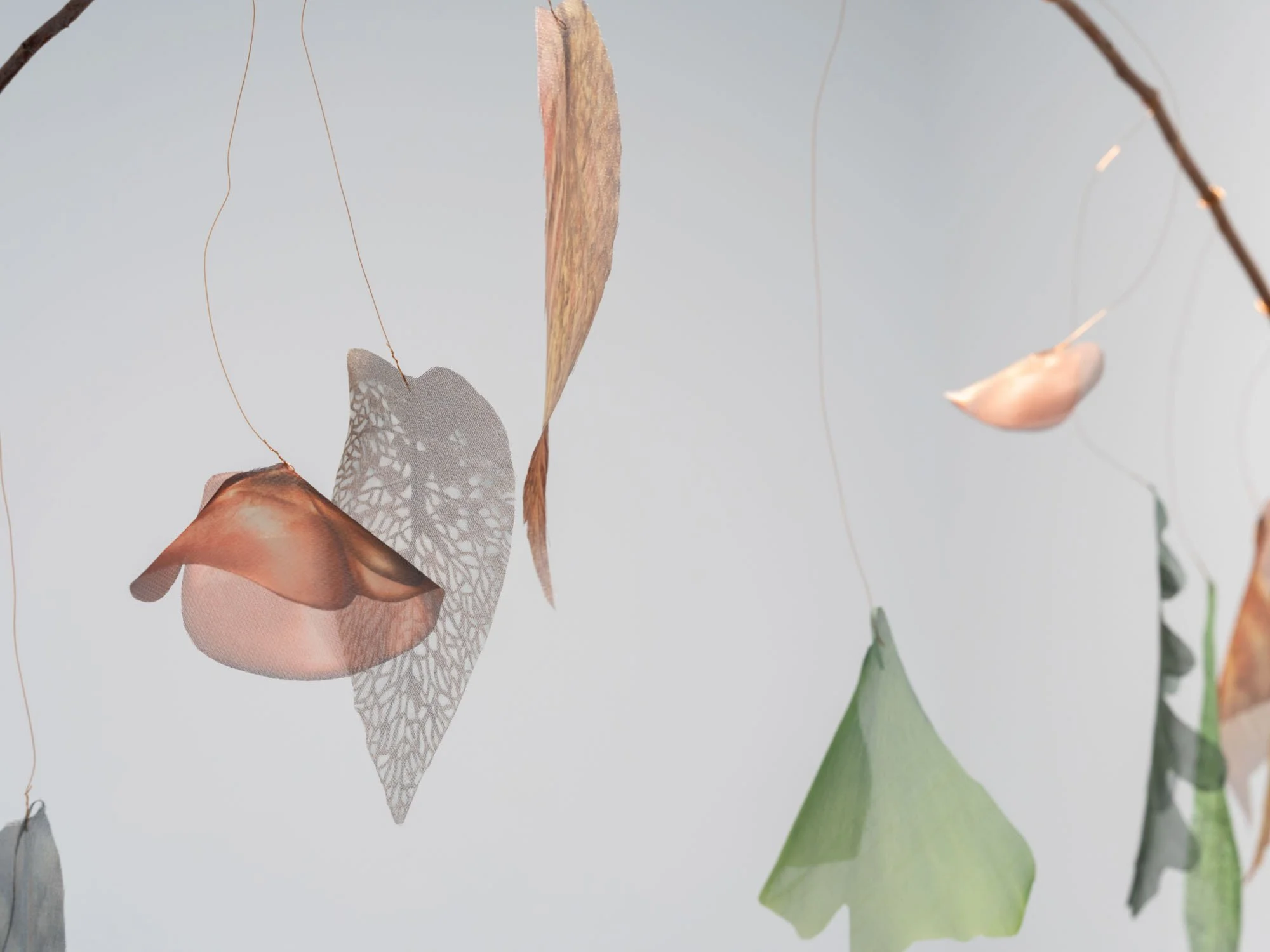
Gala Berger, "I can smell the fire" (2024), dried branch, digital sublimation on organza and copper wire. Dimensions variable.
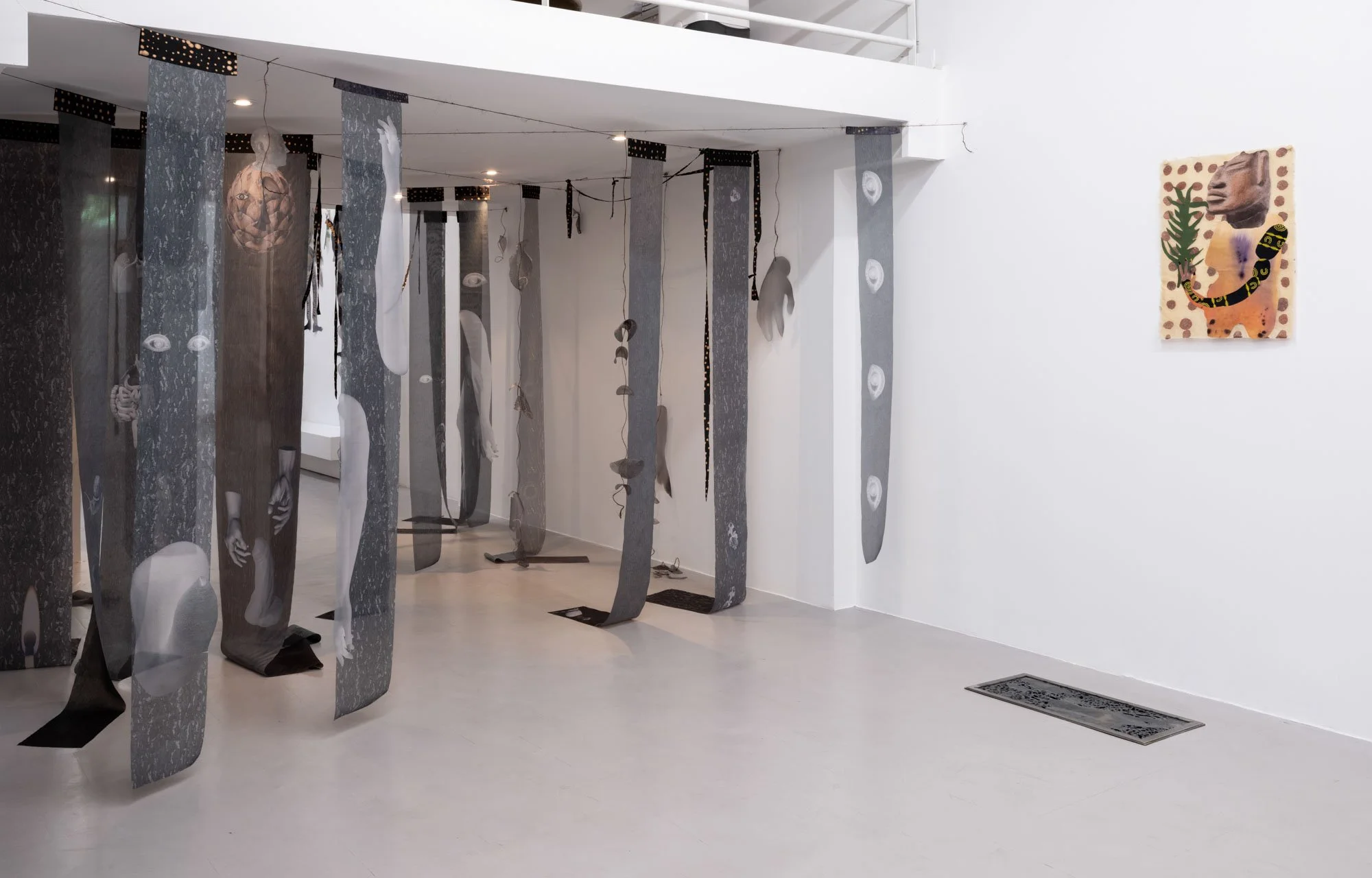
Installation view, "Gala Berger."
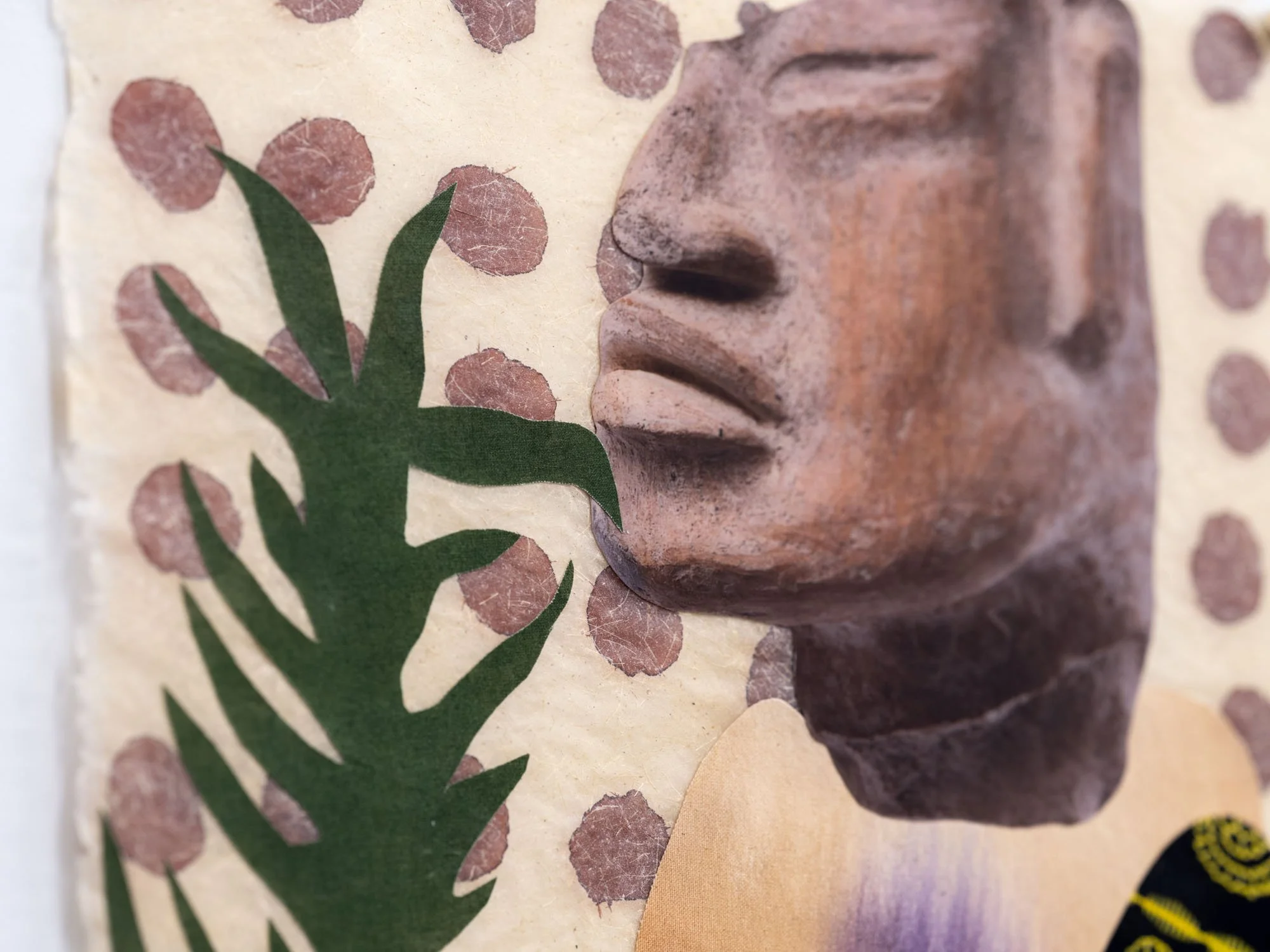
Gala Berger, "Sister Water series / The Bride" (2024), ink, watercolor, printed cotton, digital sublimation on fabric on banana heart paper. 24⅜'' x 16⅛''.
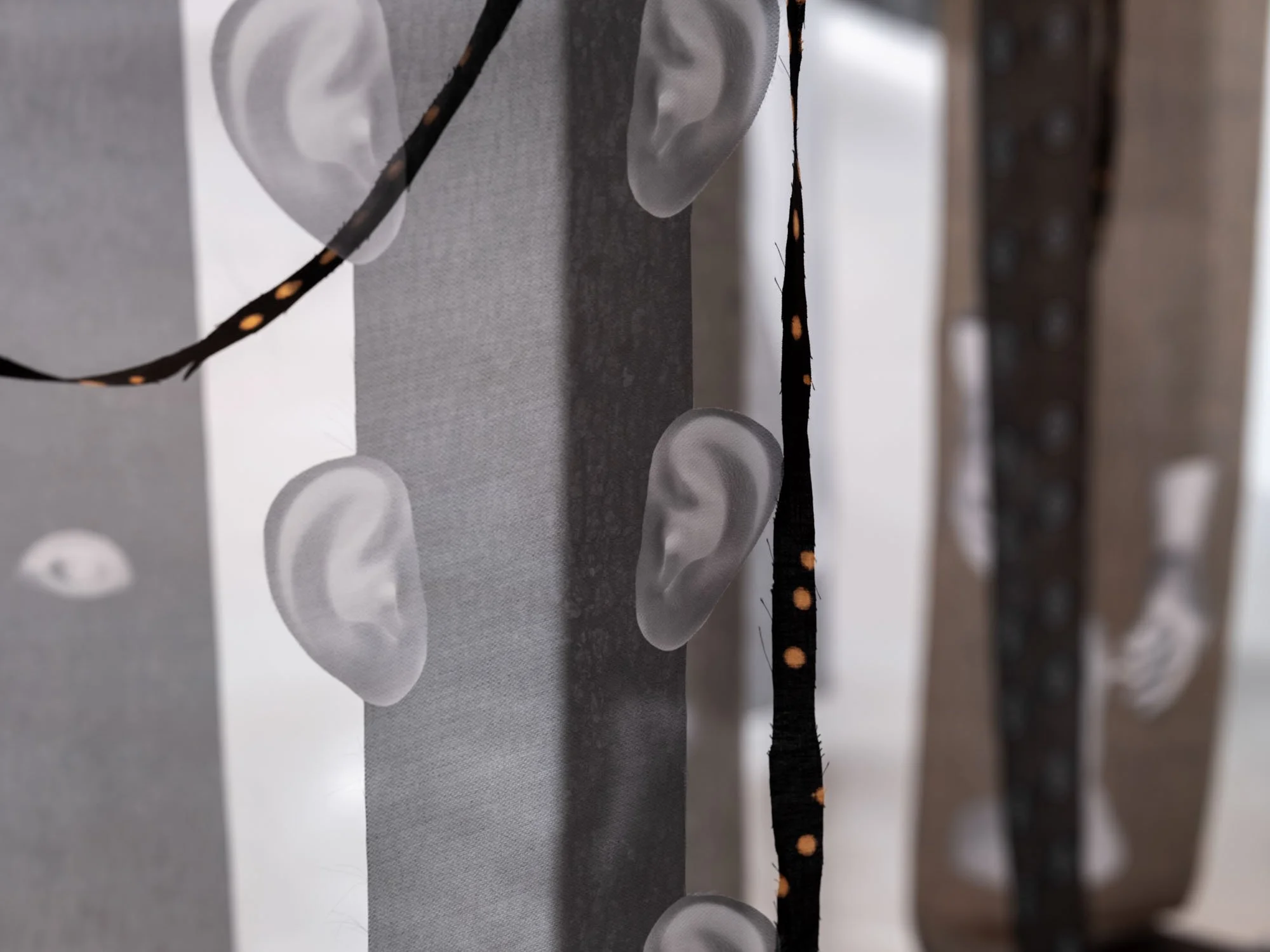
Detail, Gala Berger "Was It Your Fire?" (2024), Organza fabrics from Ciudad de México, Lusaka, Toronto, Montreal and Lima. Printed on digital sublimation. Dimensions variable.
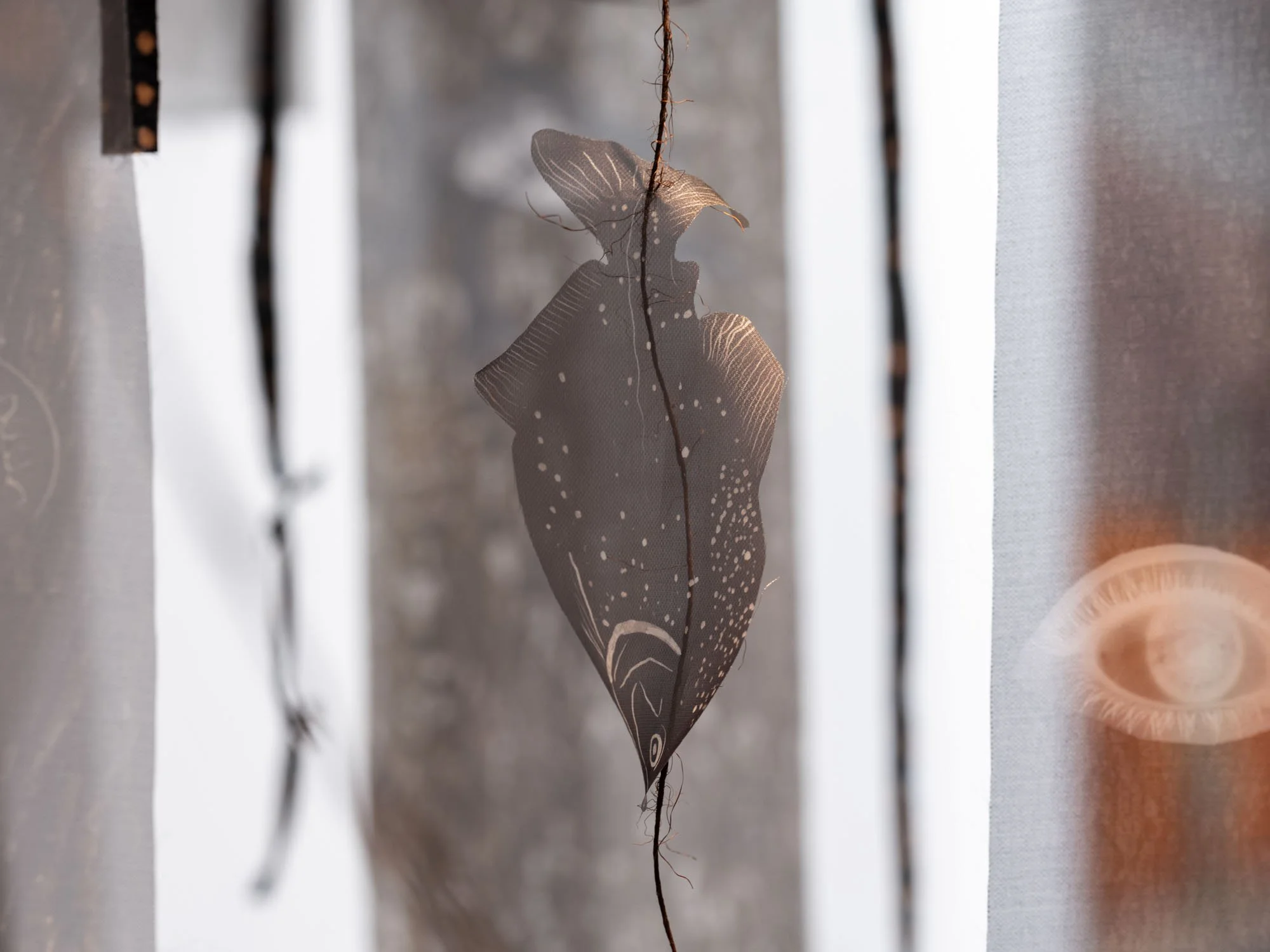
Detail, Gala Berger "Was It Your Fire?" (2024), Organza fabrics from Ciudad de México, Lusaka, Toronto, Montreal and Lima. Printed on digital sublimation. Dimensions variable.
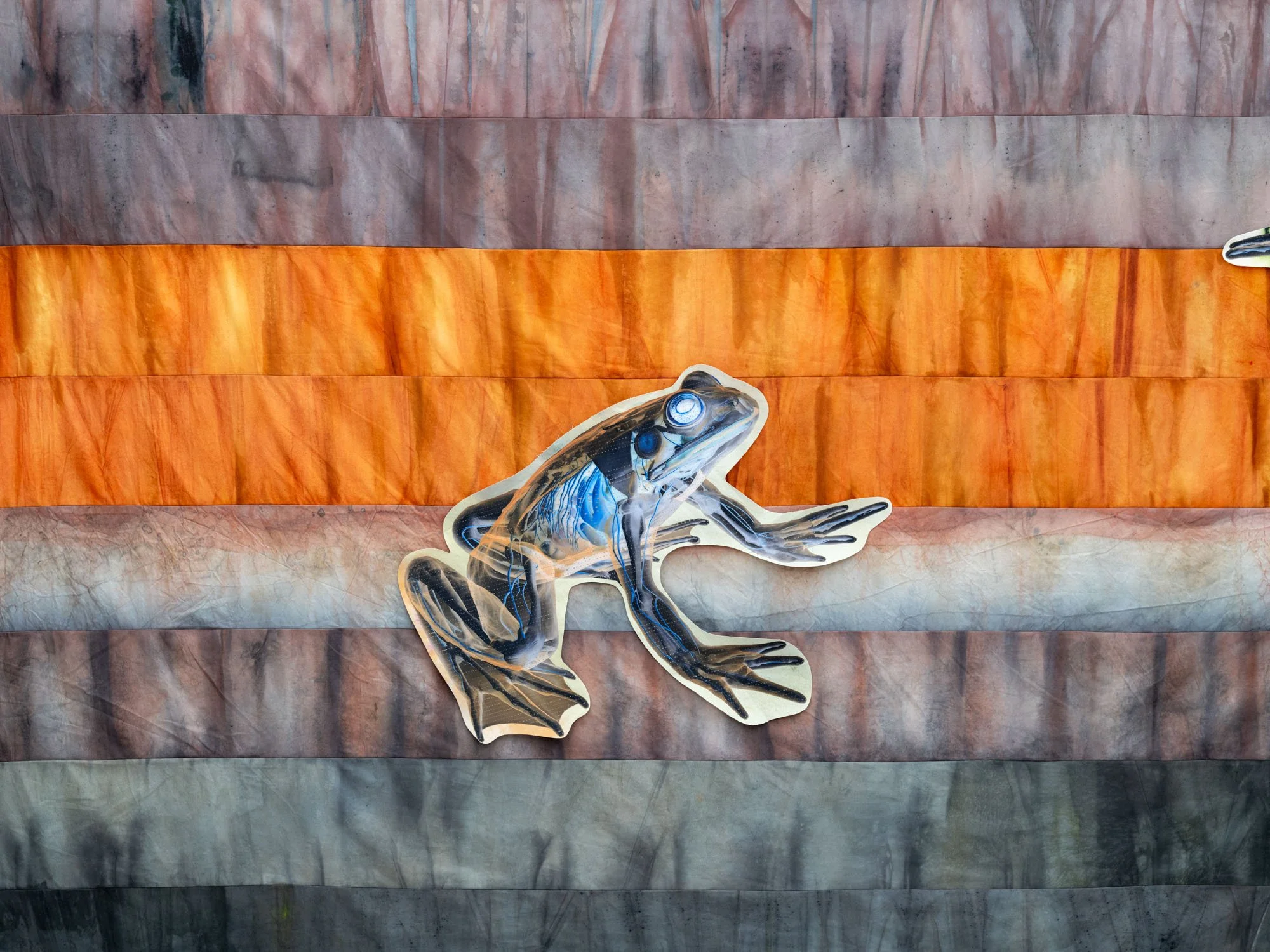
Gala Berger, "The Golden Flesh Spike" (2024), Frogs: digital sublimation and mud and sangre de grado on fabric. Dimensions variable.
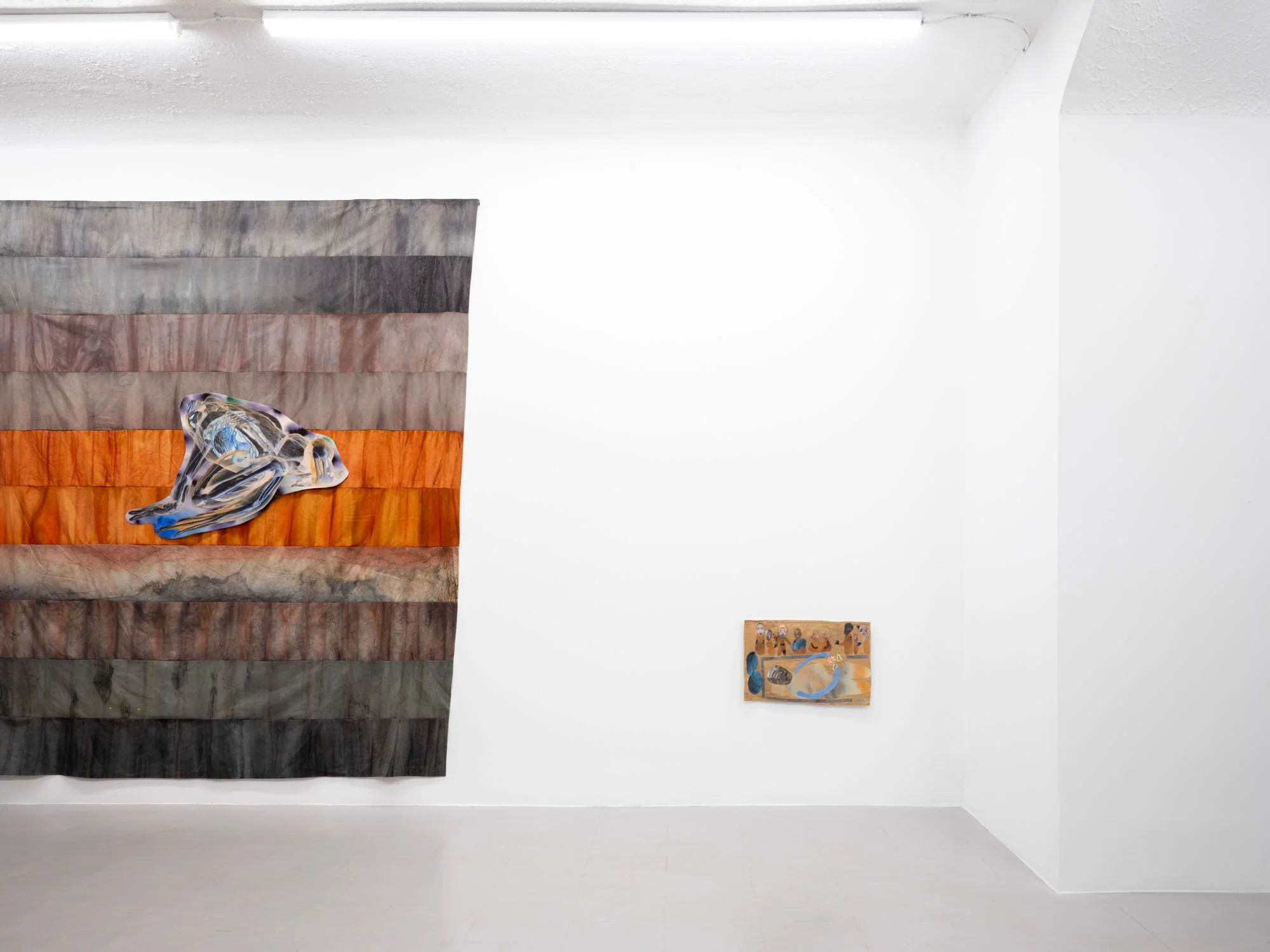
Gala Berger, "The Wake" (2024), sublimation on fabric and cotton on fabric. 15'' x 23''.
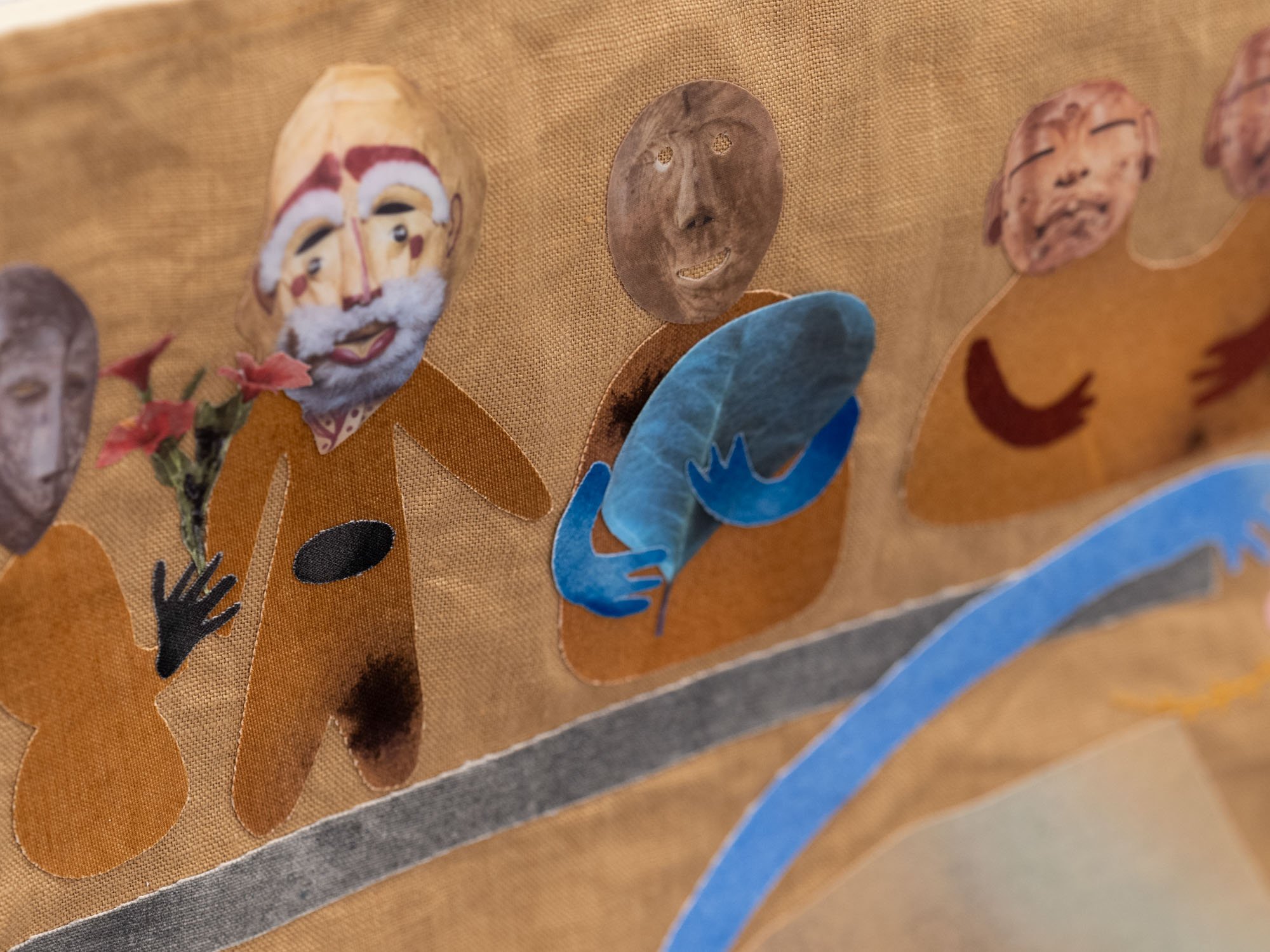
Gala Berger, "The Wake" (2024), sublimation on fabric and cotton on fabric. 15'' x 23''.

